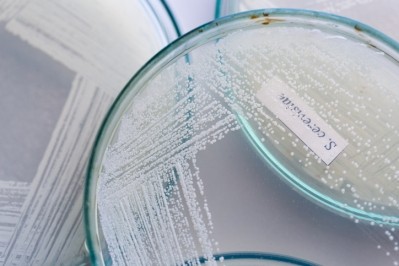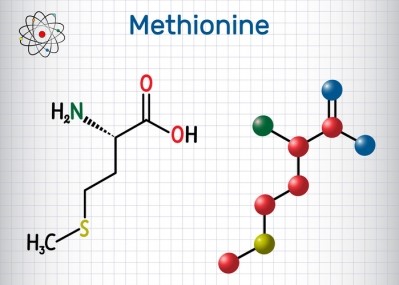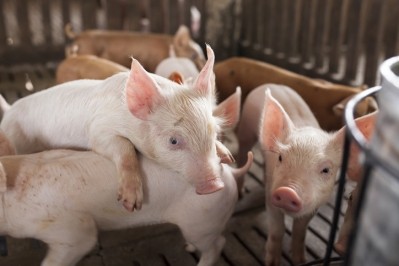Strain selection and mode of action: Evonik lifts the lid on its probiotic work
Evonik, traditionally involved in the methionine business, has many applications for poultry, but, in respect to probiotics, is also focused on swine. The company is planning to launch a new Bacillus subtilis based probiotic for weaned piglets later this month, with the Chinese market the first target.
"We have done a lot of trials to support this application,” Dr Stefan Pelzer, director, innovation and industrialization, animal nutrition, Evonik Nutrition and Care, told us.
FeedNavigator recently got a look, up close, at the work that is being carried out at the company’s biotechnology labs in Künsebeck, near Dortmund, where the technicians’ passion for their work, for demonstrating efficacy in regard to New Product Development (NPD) was very evident.
We sat down with Dr Pelzer to get the inside track on Evonik’s probiotic development work, how it goes about strain selection and how those strains work in farmed animals.
“We are combining different disciplines from molecular biology, to microbiology, to biochemistry to bioinformatics to analyze the mode of action of our products. The beauty of probiotics is that they are living organisms, which have multiple modes of action. For this kind of analysis, we are using classical in vitro assays, but, also our gut simulation model, whereby we can simulate what is taking place with respect to digestion, the interaction with microbes, and the host immunity and physiology.”
Evonik’s gut model is a world first, and helps bridge the gap between in vitro testing - the lab and in vivo testing - the world of the flock, he said. It speeds up the research phase, and allows the company’s biotech experts to really understand what is going on and to see the benefits of its strains, said Pelzer. “It certainly doesn’t replace in vivo testing, that is not the aim.”
Evonik favors Bacillus strains. “Bacillus builds spores and spores are heat resistant. This heat resistance is beneficial for palletization in the field; that is their major advantage compared to lactic acid bacteria.”
The team has seen multiple modes of action for its strains, he continued. He compares them to a Swiss army knife, in terms of having a range of functions.
“They produce secondary metabolites, which prevent the outgrowth of pathogens, they produce enzymes that help to digest nutrients and feed, somewhat, the microbiota in the gut, and they also produce lactic acid under anaerobic conditions.”
Interestingly, as regards the Bacillus amyloliquefaciens strain used in its EcoBiol probiotic product, the Künsebeck team saw that it produces molecules that prevent signaling that takes places between pathogenic bacteria, the interaction known as quorum sensing.
Strain selection
In terms of hunting for new microbial strains, some producers talk of heading out to larvae covered landscapes to look for diversity, to discover novel, heat resistant bacteria: “That is a nice story,” said Pelzer. “But you don’t have to go to such lengths though to get good strains. When developing our first internal probiotic, GutCare, which has been launched in the US and China, we established around 20 different assays to simulate everything, to consider regulatory boundaries, to see the spore and heat resistance, to see the gut fitness and to see the prevention of pathogen outgrowth with Bacillus based microbes.”
That development process took place before the company’s poultry gut simulation model was established, he stressed.
Also there is an issue related to legal certainty for microbial sourcing, he continued. Companies have to comply with something known as the Nagoya Protocol “You can’t just go to a volcano in a third country and take out a sample of microbes. According to the Nagoya Protocol, which has been signed by the different countries, the state owns the sample, and you have to, thus. ensure you are in legal possession of your sample.”
Intellectual Property (IP) is very important in this business as well.
“We try to protect the application of our strains in certain areas. You can do so by having unique strains, and you can underline and prove the uniqueness of your strain by sequencing and by bioinformatic analysis. Your product is a living microorganism. It can be put in a fermenter and be multiplied, so it has to be protected by IP and by registration, and this is something you have to keep in mind working with these kind of product classes.”















